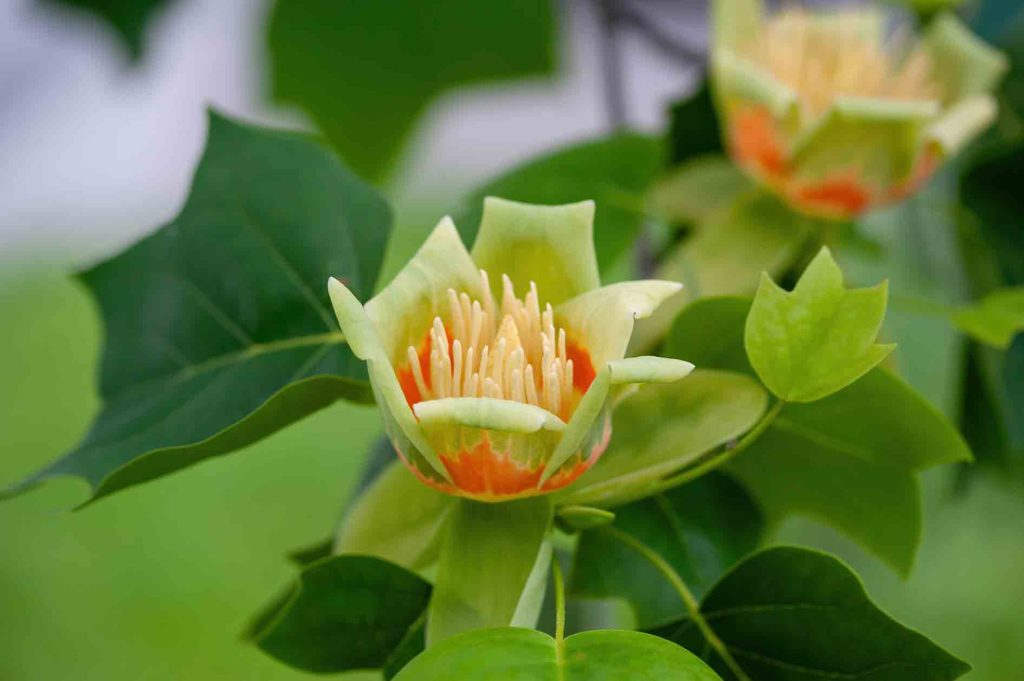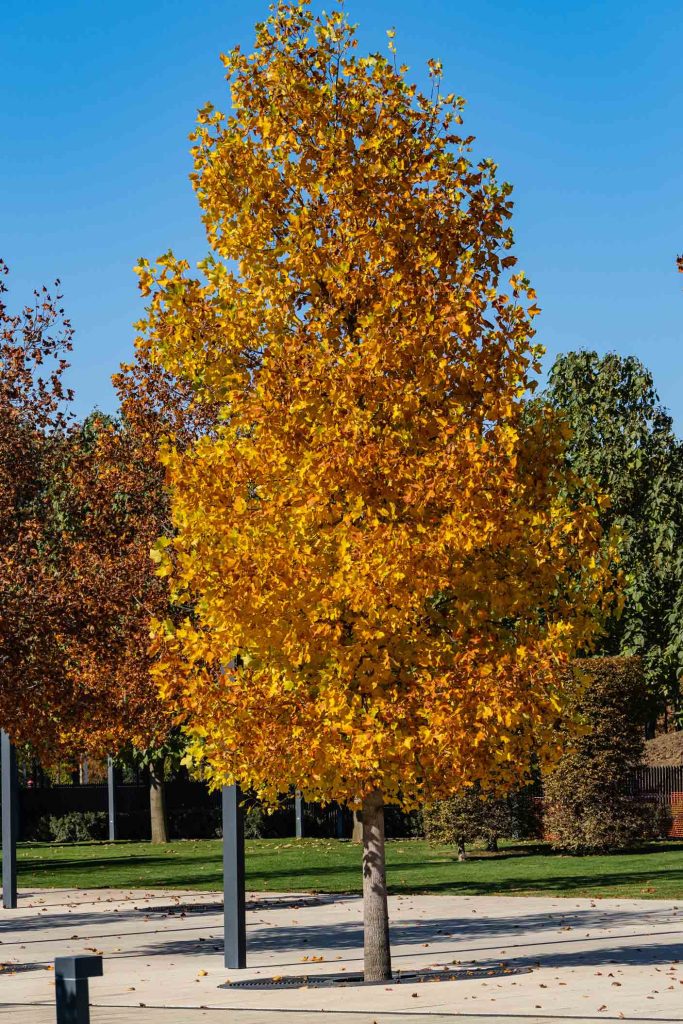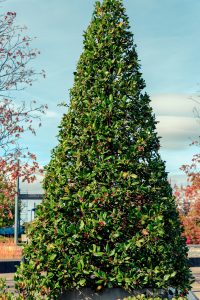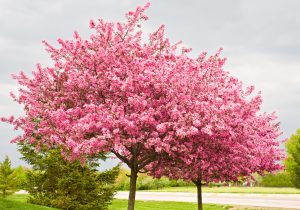The Tulip Poplar’s Role in Maryland Landscapes
The Tulip Poplar (Liriodendron tulipifera), often referred to as the tulip tree, is one of the tallest and most striking native hardwoods in Maryland. With its distinctive tulip-shaped flowers and broad, vibrant leaves, the Tulip Poplar provides quick shade and visual interest to both natural and residential landscapes. Despite its popularity, this fast-growing species requires professional oversight to manage its brittle wood and shallow roots, ensuring it remains an asset rather than a liability in Maryland yards.
Growth and Site Preferences
The Tulip Poplar is known for rapid vertical growth, often reaching 70 to 120 feet in height. Its towering structure and straight trunk make it a natural choice for large properties, but its shallow root system can complicate placement near structures or sidewalks. The Tulip Poplar thrives in moist, well-drained soils with full sun exposure and is less tolerant of drought or compacted urban soils, where it may suffer from dieback or leaf scorch.

Seasonal and Ecological Benefits
In late spring, the Tulip Poplar produces distinctive, cup-shaped flowers with yellow-green petals and orange centers. These blossoms attract pollinators, including bees and hummingbirds, while the tree’s seeds provide food for finches, squirrels, and other wildlife. In autumn, its bright yellow leaves add to the seasonal landscape, enhancing Maryland’s fall color displays.
Common Concerns and Maintenance Needs
Due to its fast growth, the Tulip Poplar is prone to weak wood and breakage during high winds or ice storms. Shallow roots can also surface, leading to lawn disruption and increasing susceptibility to stress-related diseases such as cankers or root rot. Pest infestations, including aphids, can result in honeydew accumulation and sooty mold, further impacting the tree’s vigor.
Professional pruning is essential to manage branch structure and reduce storm risks. Soil aeration, watering during drought, and routine health inspections ensure the Tulip Poplar remains healthy, preventing costly damage or decline.
Long-Term Success in Maryland Landscapes
The Tulip Poplar’s beauty and stature make it a standout tree, but its fast growth and structural challenges require consistent care. Homeowners benefit from regular professional evaluations to ensure these iconic trees remain safe and vibrant for decades.
Learn more about Tulip Poplar care by visiting Prestige Tree Experts or calling 240.281.3334.










